What happens when one of the most secretive companies in the technology industry goes to court to battle its largest competitor? It is forced to reveal what it does not want to reveal, which has created a feeding frenzy in the tech press over every little detail that surfaces. But what’s old news and what is really paining Apple to disclose? Below are four items we have learned about Apple from its patent lawsuit against Samsung.
1. First Rule About Project Purple
Apple started assembling an internal team to create the iPhone in 2004. The team consisted of about 1,000 Apple employees to work on “Project Purple.” The employees worked on one floor of Apple’s campus that had to be entered with keycards and had security cameras. According to testimony from Scott Forstall, a senior vice president at Apple that manages iOS, former Apple CEO Steve Jobs would not allow anybody outside of Apple to be hired for Project Purple. The floor that the iPhone team worked on was called the “purple dorm” and had a sign on the door that said “Fight Club” a reference to the popular movie where the first rule of Fight Club is that you do not talk about Fight Club. It was also the second rule. The same rule applied for employees working on Project Purple.
2. Many Prototypes Before 2007 Launch
The iPhone was a revolutionary product in 2007. It generated immediate consumer excitement and ushered in the touchscreen smartphone era. What Apple released in 2007 though was not its first idea of what the phone should be. Nor, likely, was it Apple’s 50th or 100th idea. Designers would sit around a kitchen table talking about and sketching ideas, some of which would be rendered into 3D models. We know that some designs even centered around a click-wheel, modeled after Apple’s popular iPod design at the time.
A 99-page document released to the court showed some of the prototypes that Apple considered. Designs included bulky looking boxes with rounded corners, silver and black touchscreens vaguely reminiscent of devices designed by Nokia and Sony, eight-sided rectangles, rounded backs and others. A few examples are below.
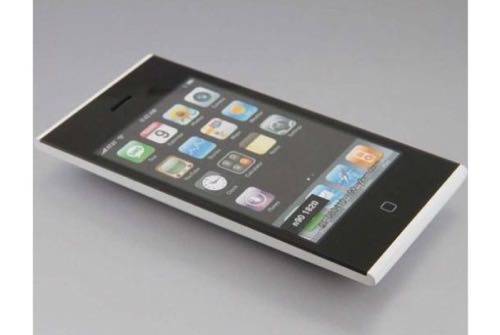
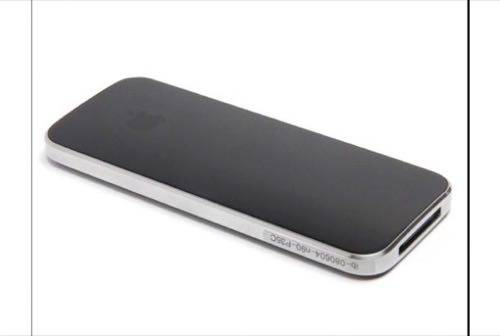
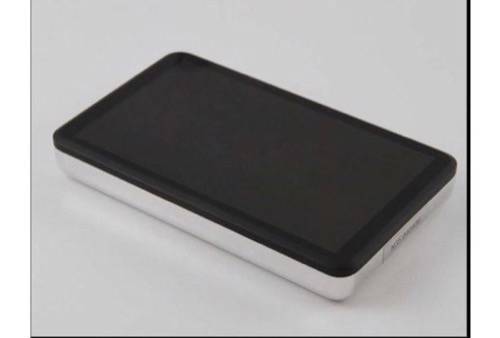
3. Apple Spends A Lot on Marketing
Despite strenuous objections by Apple’s lawyers, the company was forced to release details of its marketing efforts as well as results of internal consumer surveys. Apple spent $647 million advertising the iPhone in the United States from 2007 through 2011. Marketing for the iPad reach $457.2 million since its release in 2010.
Apple’s consumer survey, which the company tried desperately to keep out of court citing “trade secrets” shows the type of research Apple performed when pondering the design and release of new iterations of the iPhone. Included was information on where people were likely to buy the iPhone (AT&T, the exclusive carrier in the U.S. at the time) or where people found out information about the iPhone (the Apple website). The survey informs us why Apple chose AT&T and Verizon (overall market share of consumers) as partners and why they prefer to subsidize the iPhone (most people are on contracts). A couple examples are below.
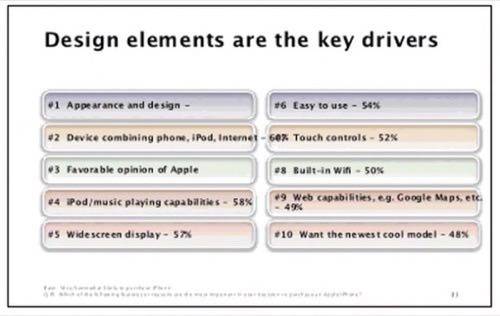
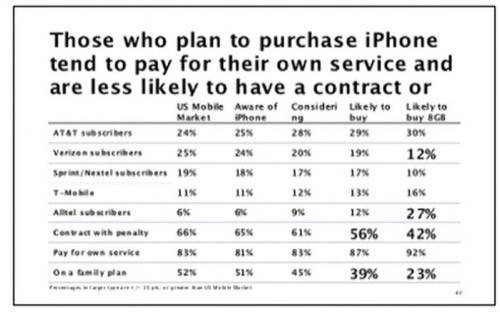
4. Apple Has Considered a 7-inch Tablet
Rumors have been rampant this summer that Apple will eventually release an “iPad Mini” that will be about 7.85 inches diagonally. Steve Jobs had famously denounced smaller tablets than the iPad before saying that nobody would want something that small. That may have been all smoke and mirrors from Jobs at the time, we will never know after his passing in October 2011. But, top Apple executives, citing an article from Kevin C. Tofel of GigaOm, noted that there was definitely a market for a 7-inch iPad. Apple executive Eddy Cue sent and email to CEO Tim Cook in January 2011 recommending the company built a 7-inch tablet with Tofel’s article attached. Cue had also used a 7-inch Samsung Galaxy Tab at some point, according to Forstall.








